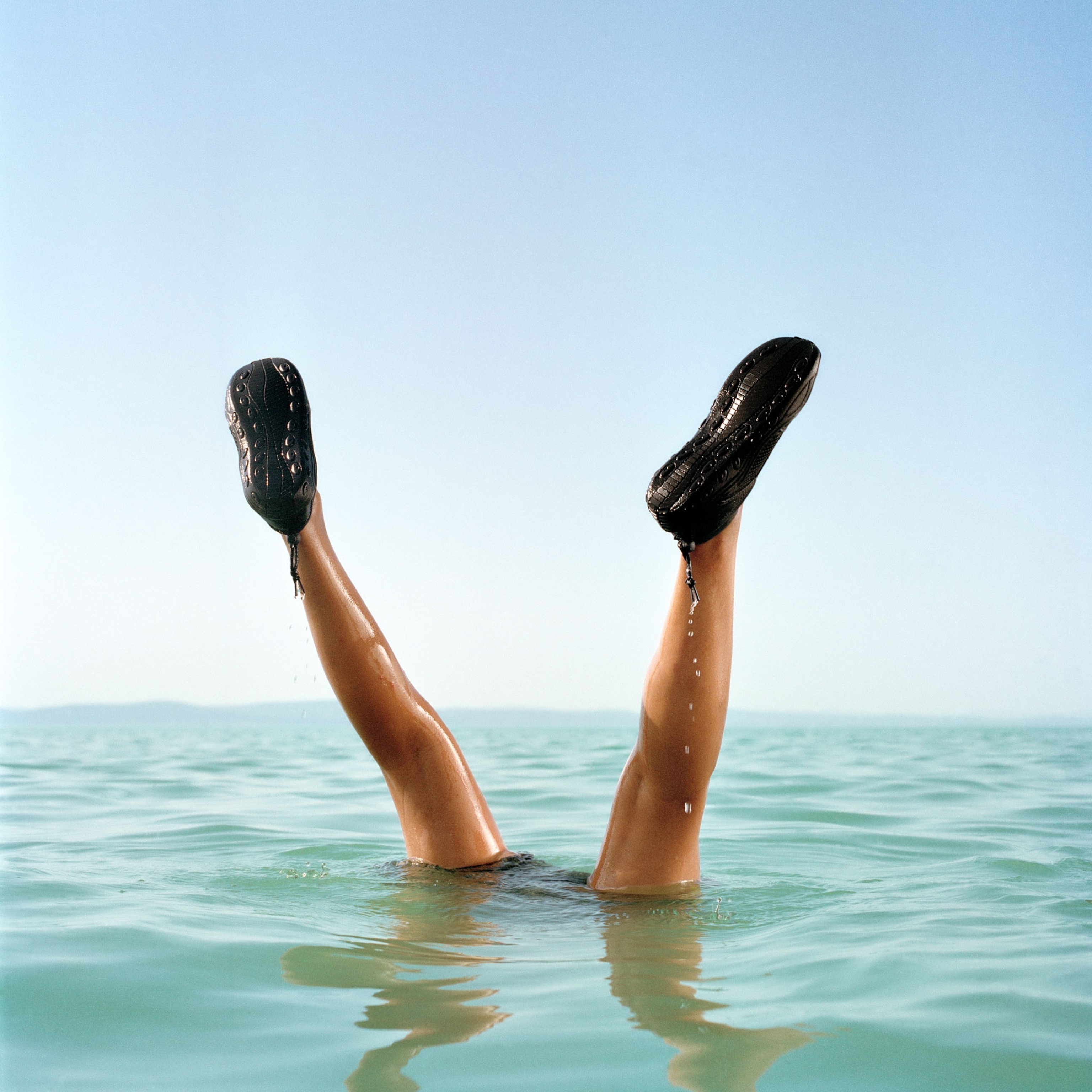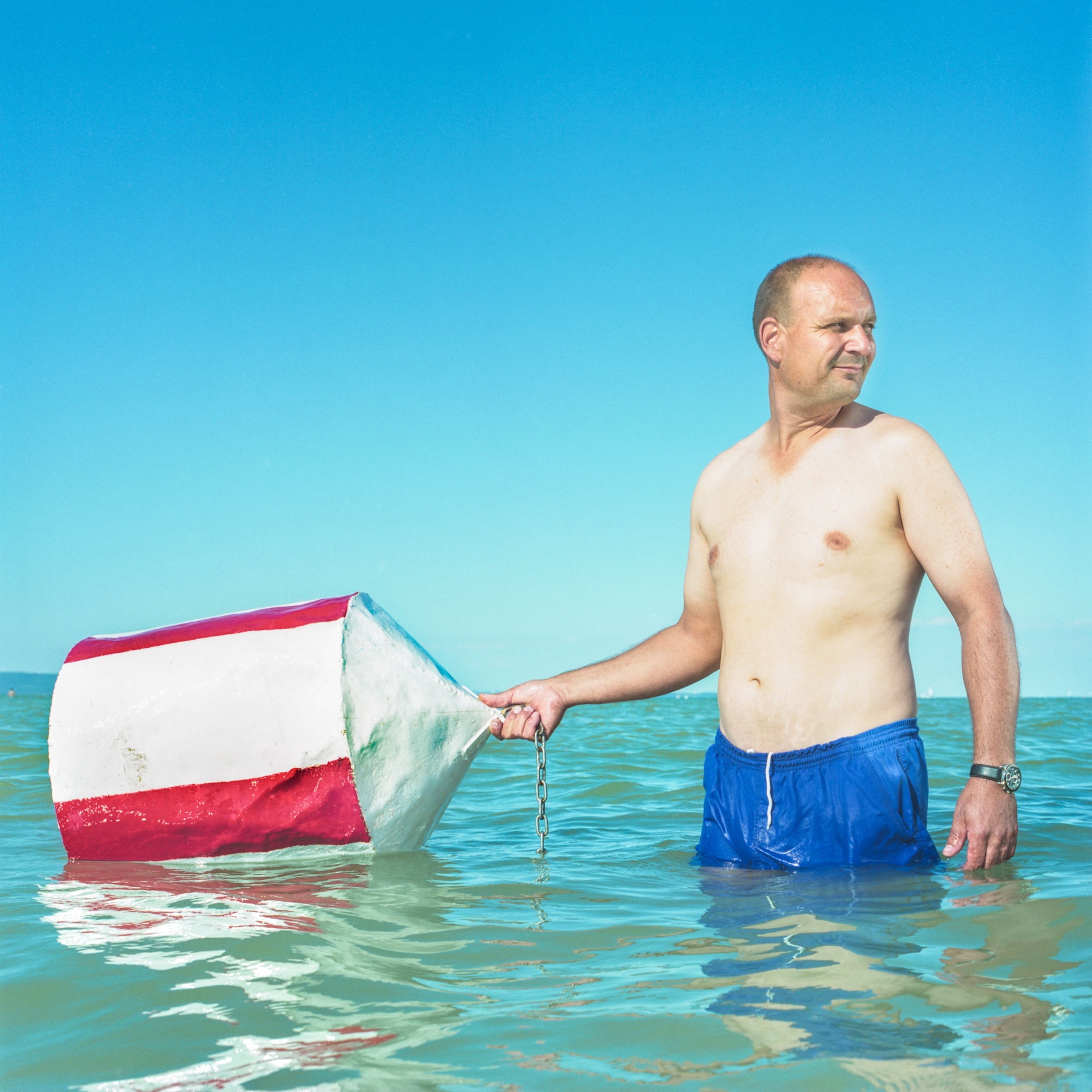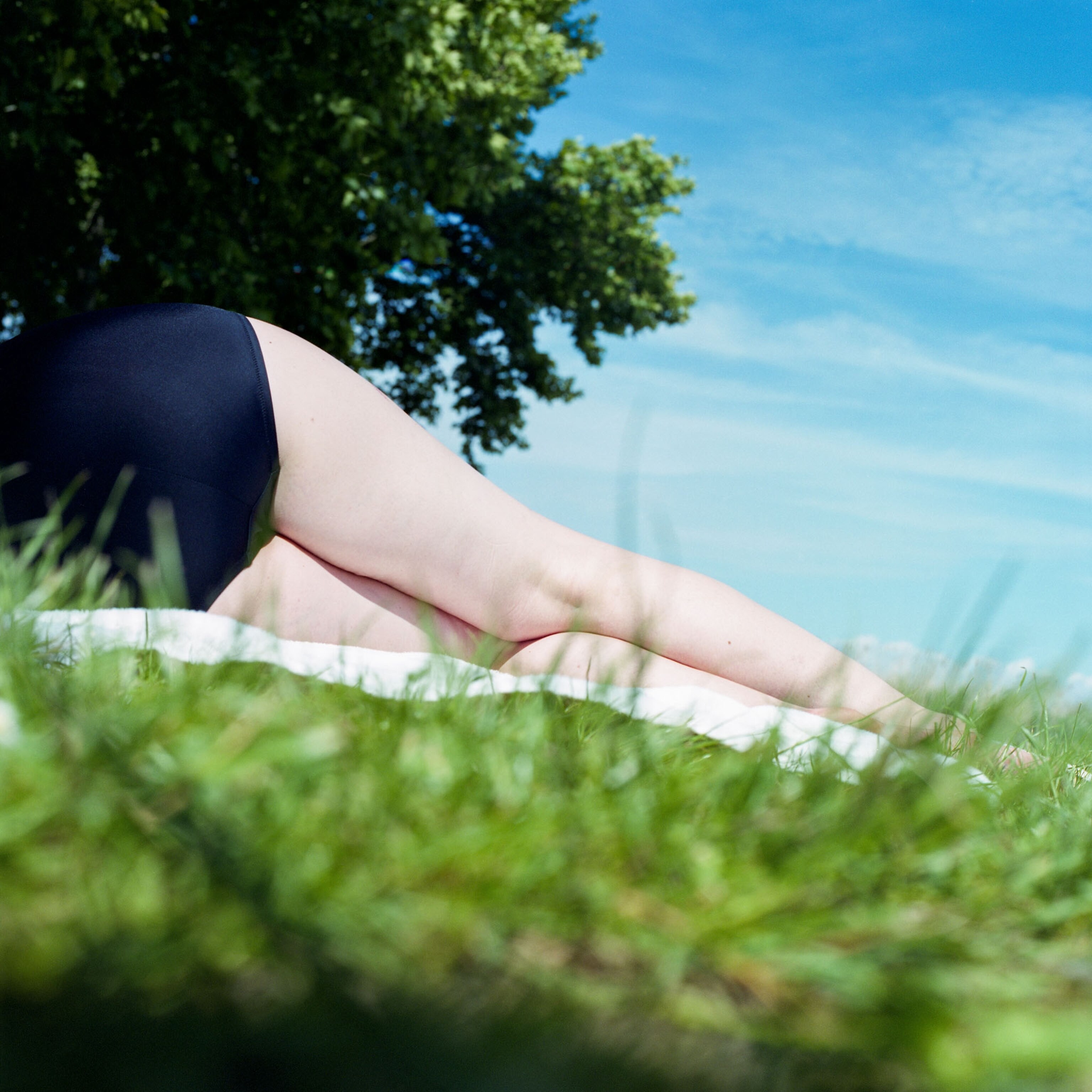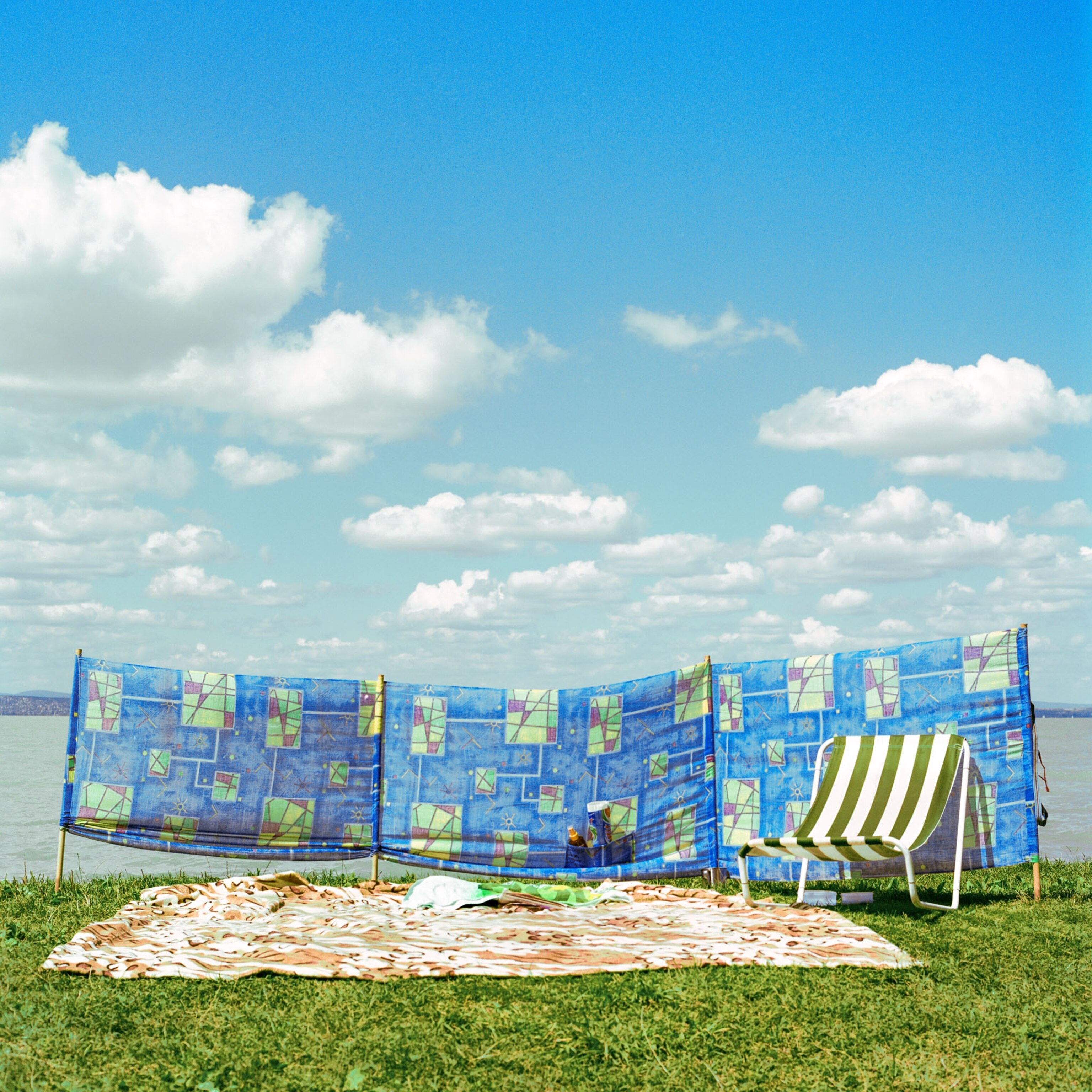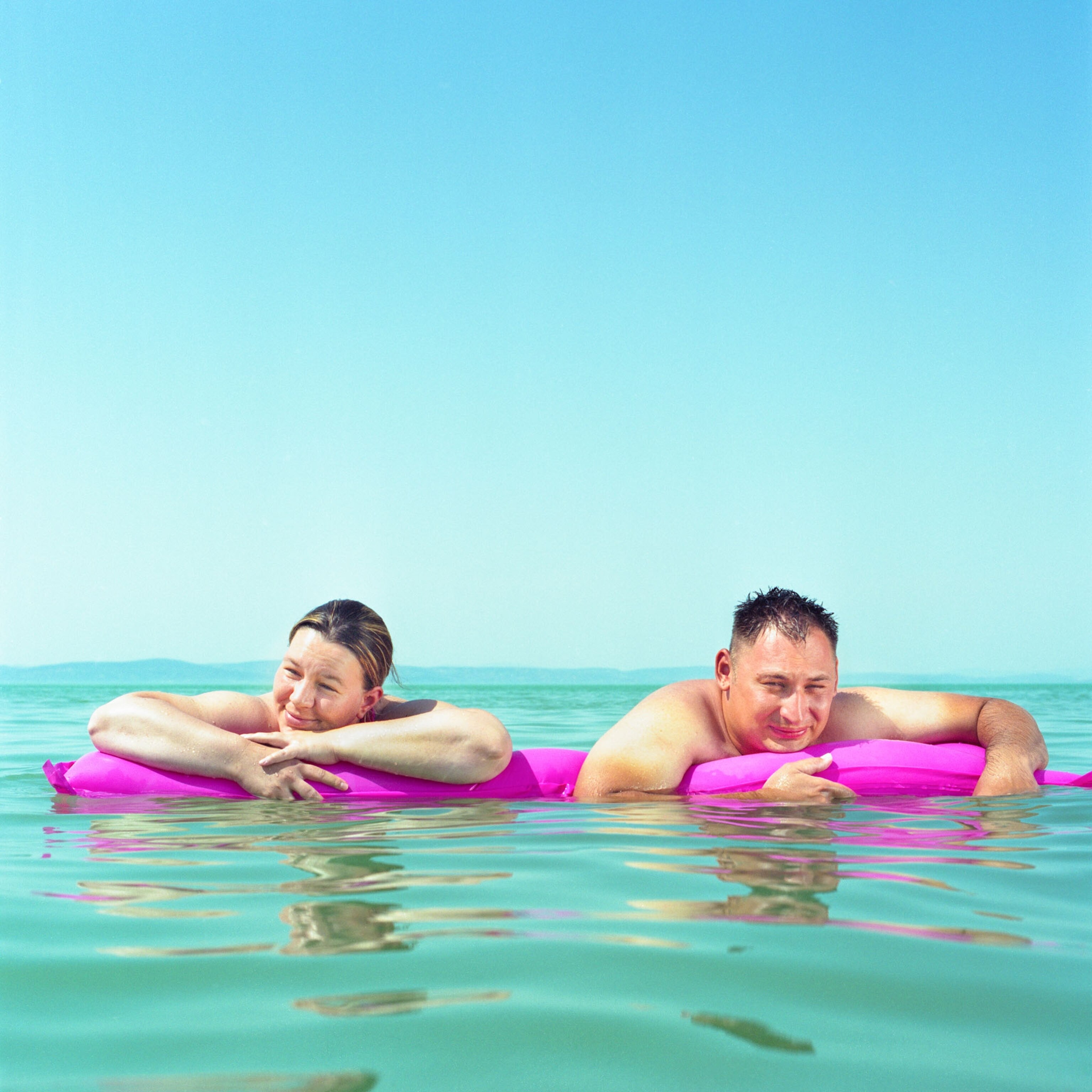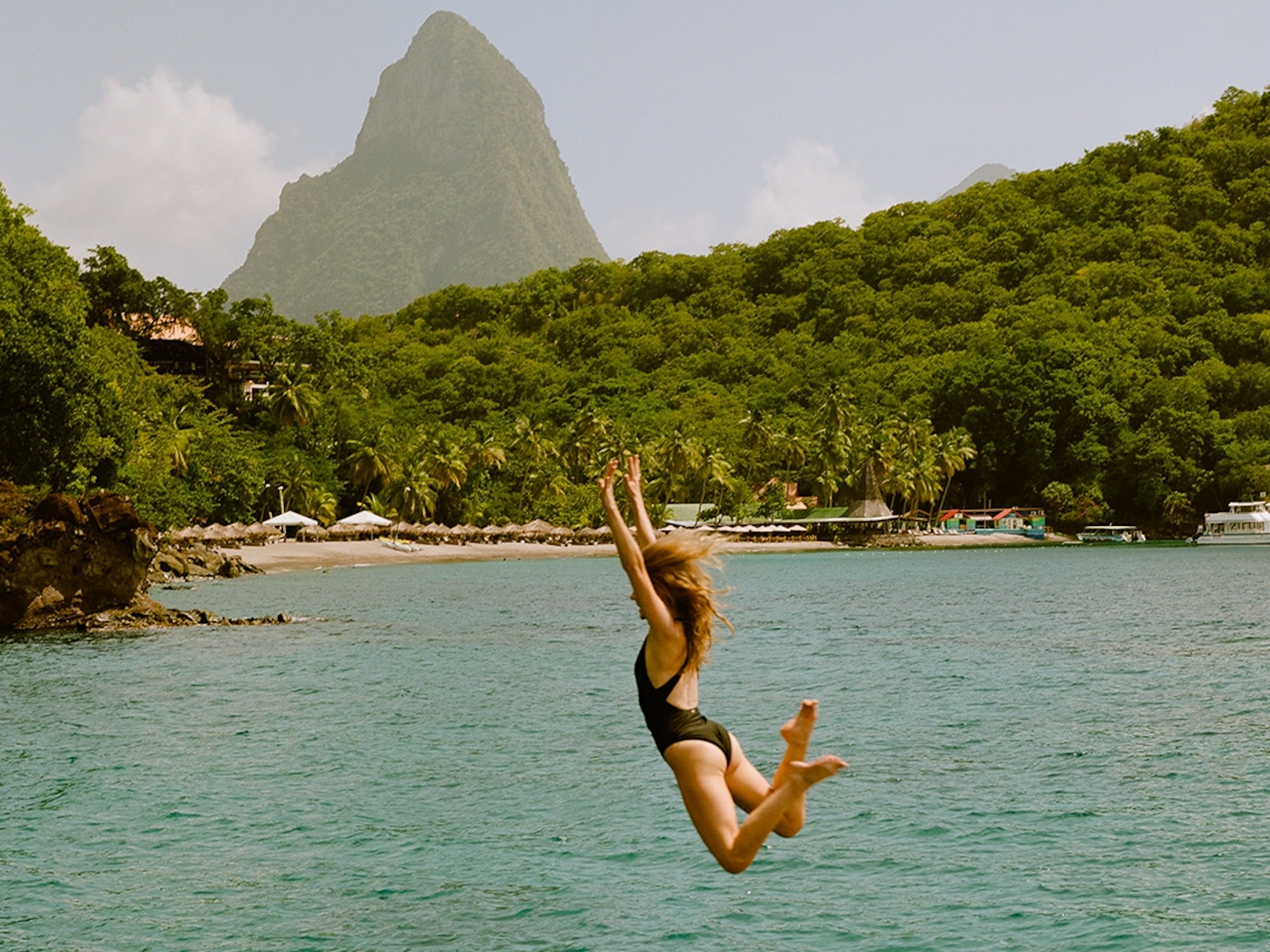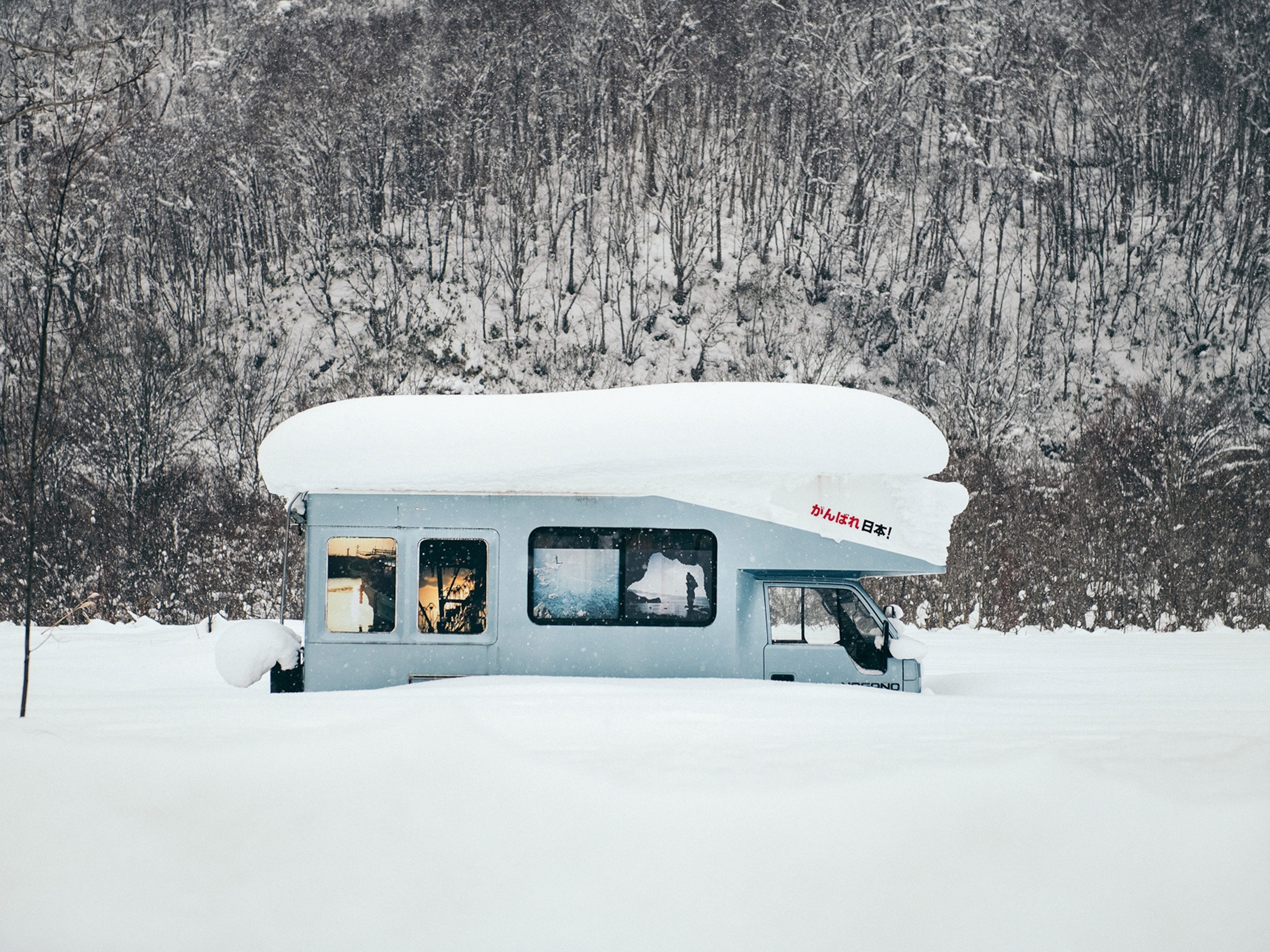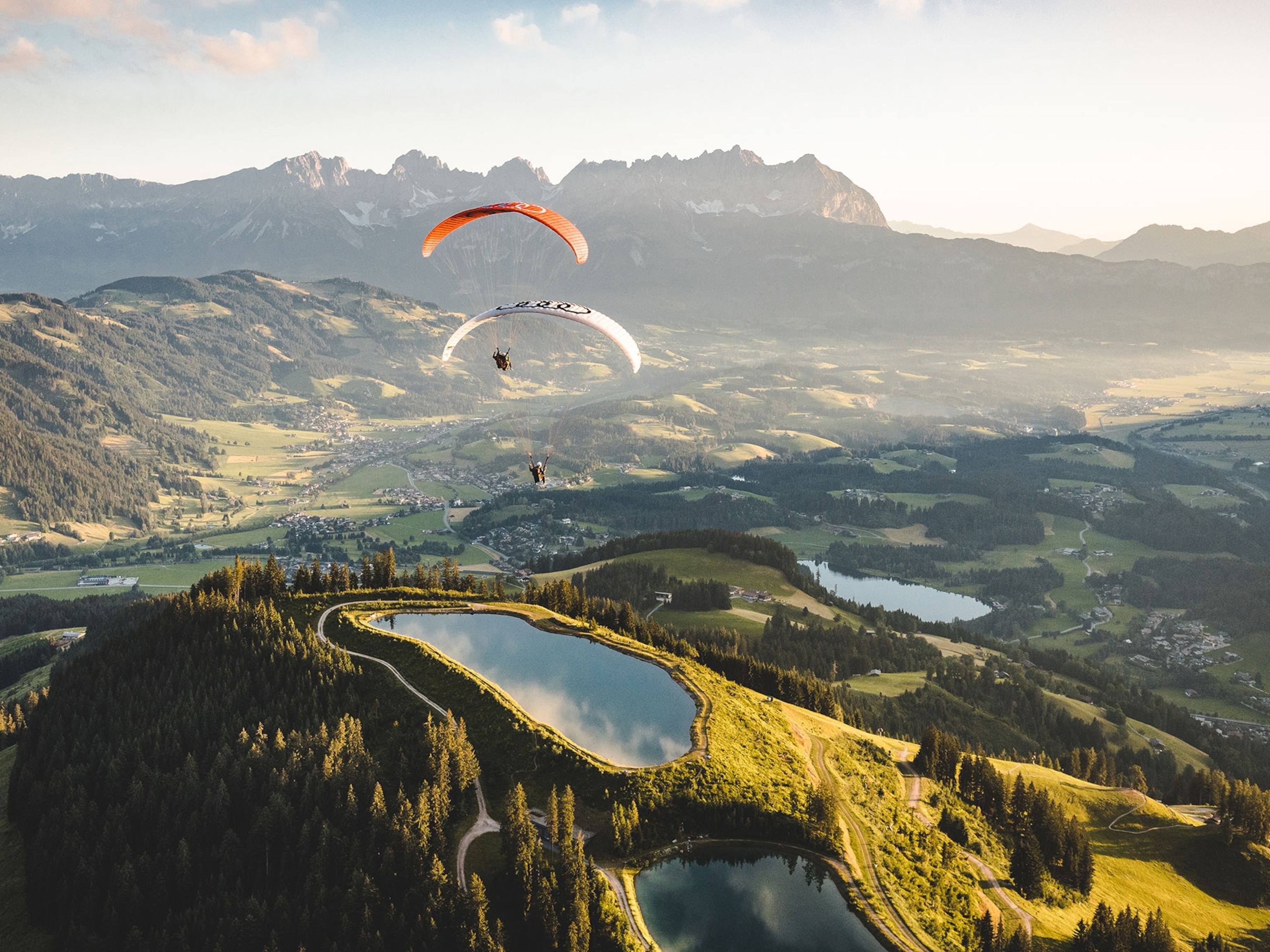When she was a kid, Zsófia Pályi spent summers with her family at Lake Balaton in western Hungary. Many Hungarians then couldn’t afford travel to other countries, she says, so the lake was an exotic getaway. For others, it was a respite: From the 1960s to ’80s, German families separated by the Berlin Wall reunited on its shores for vacation. People called it the Hungarian Sea.
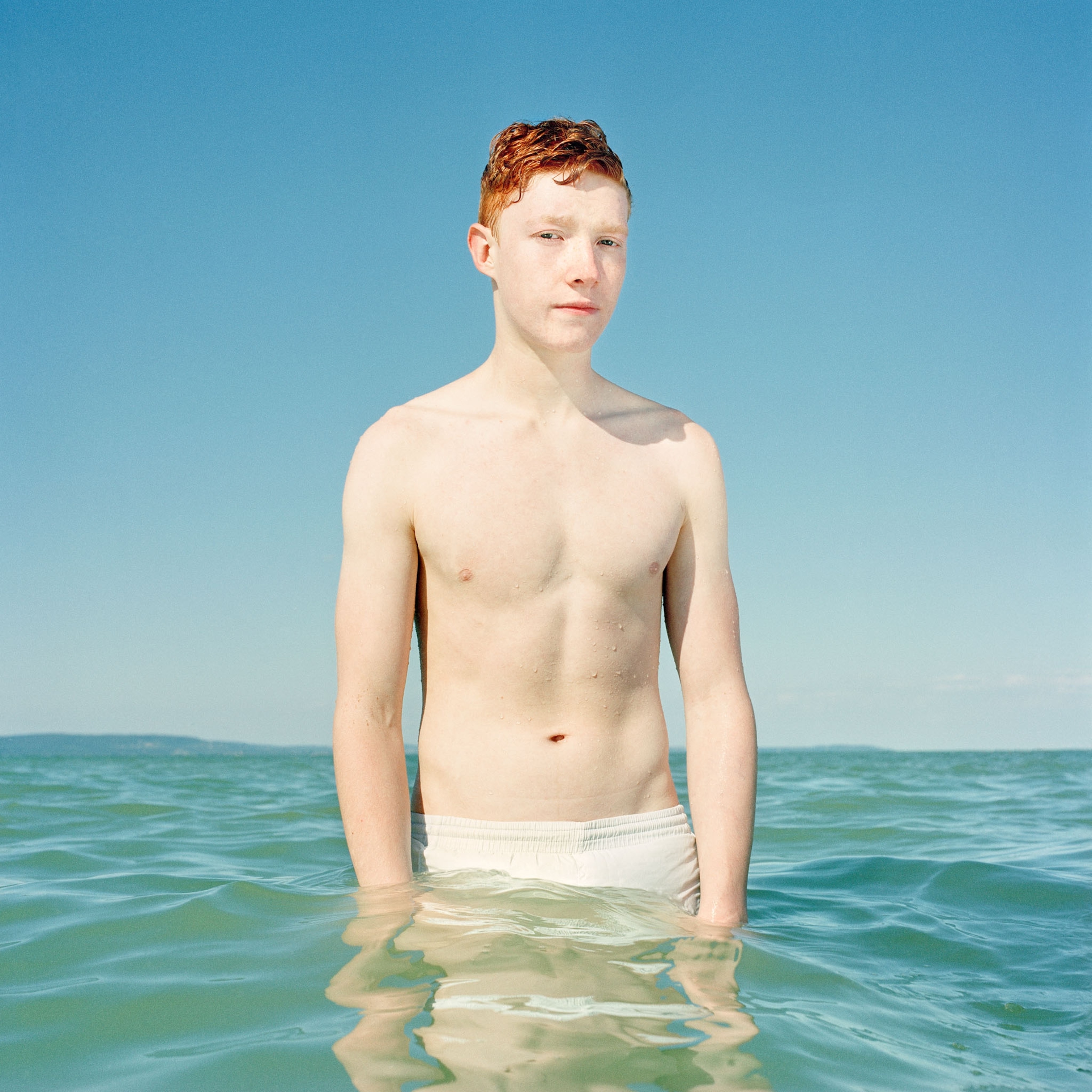
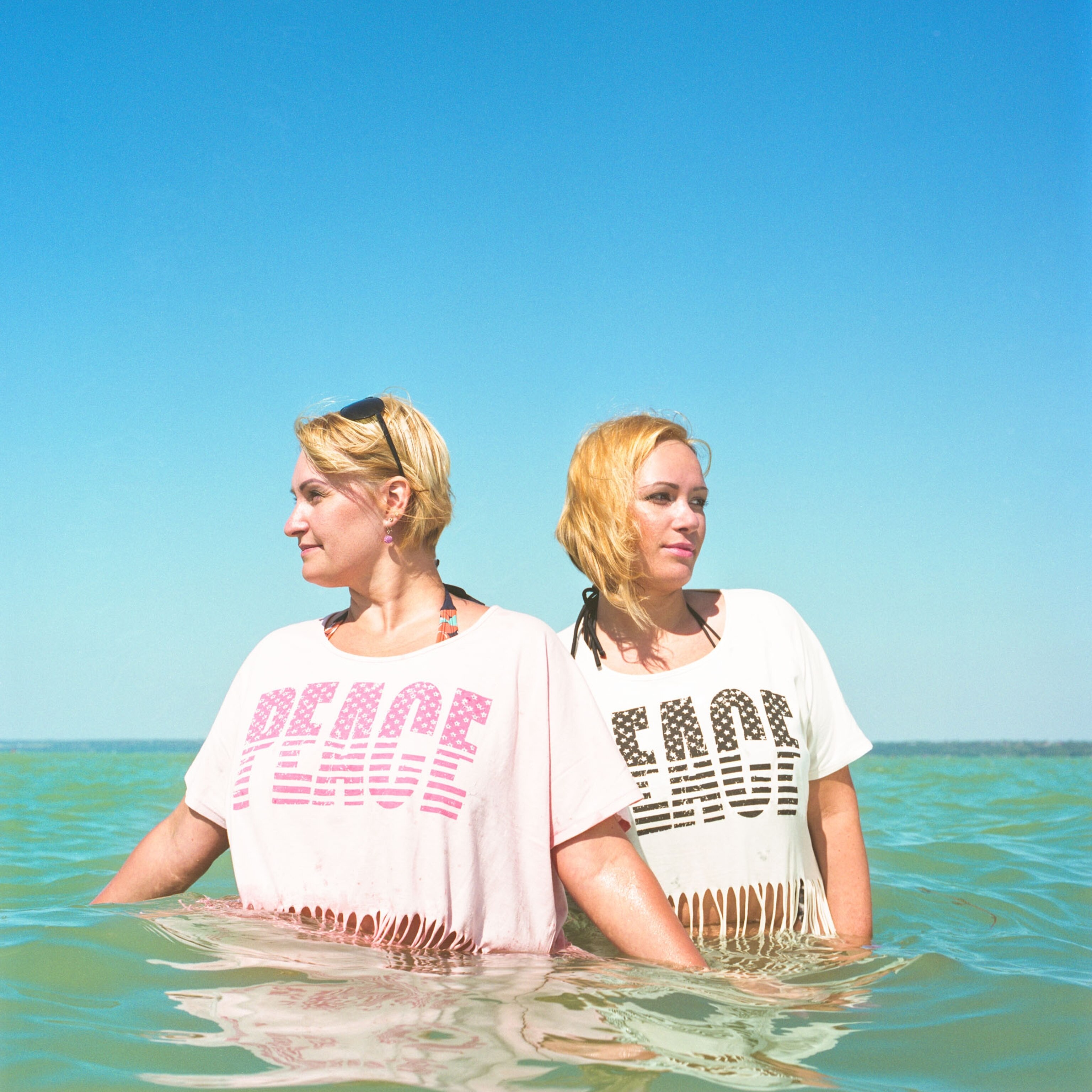
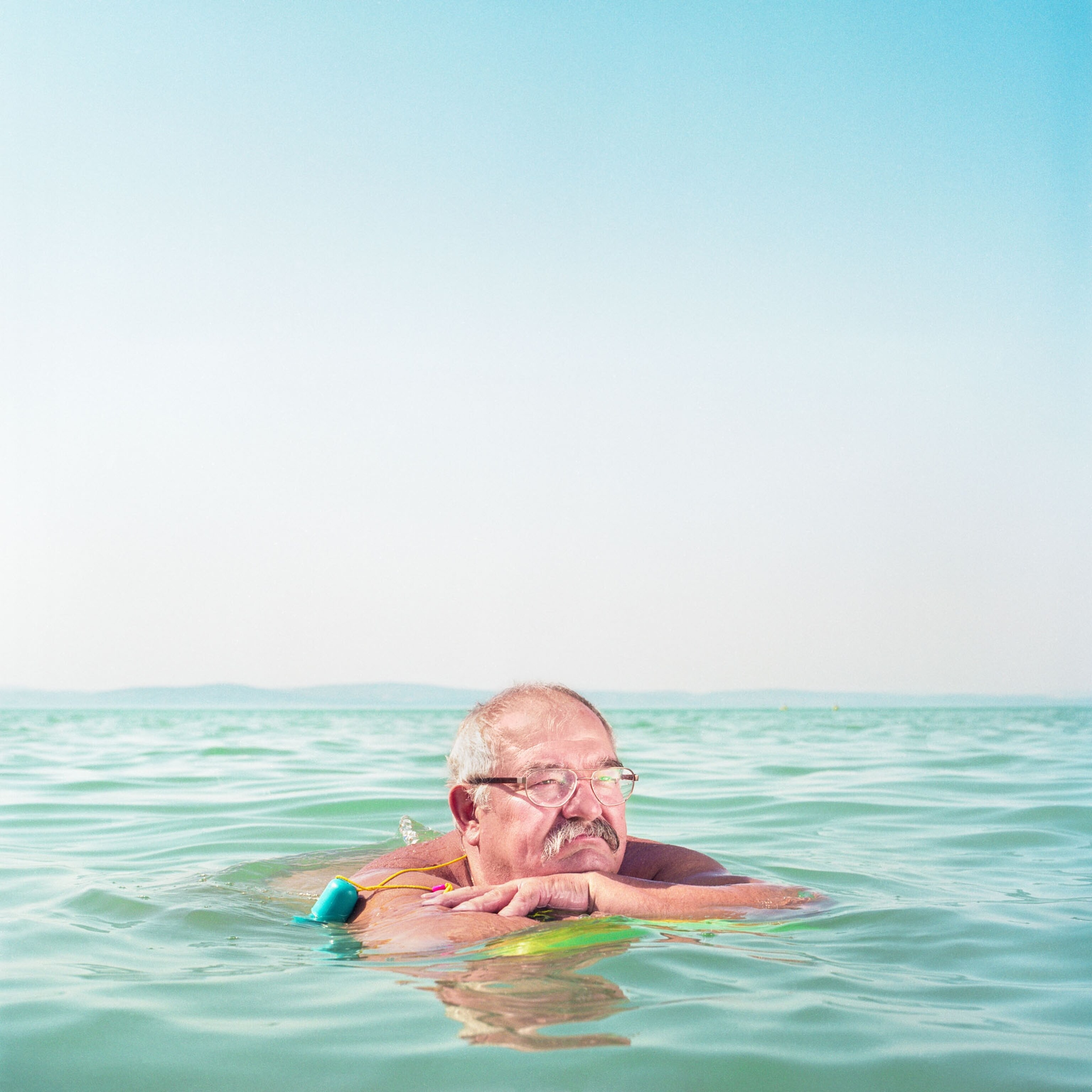
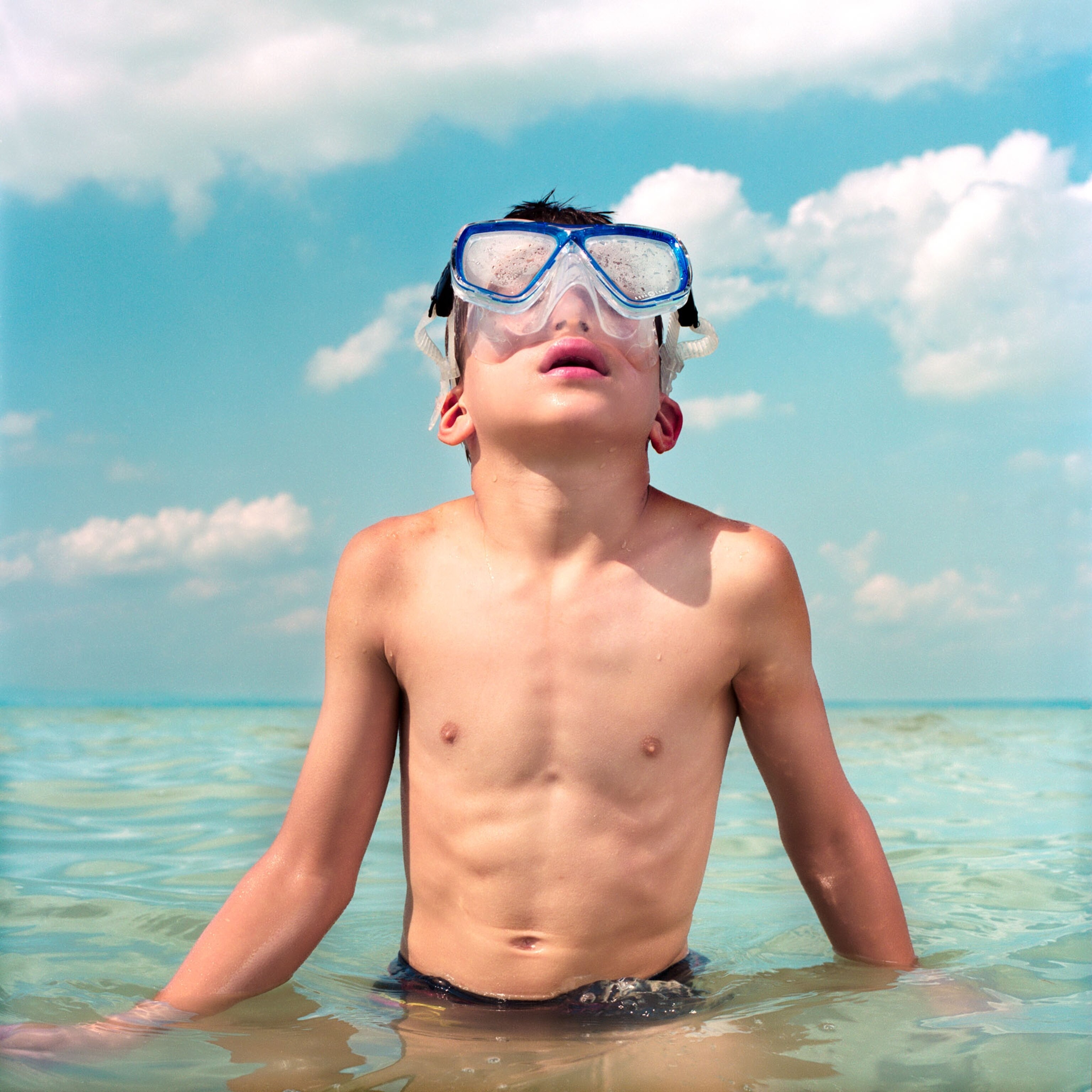
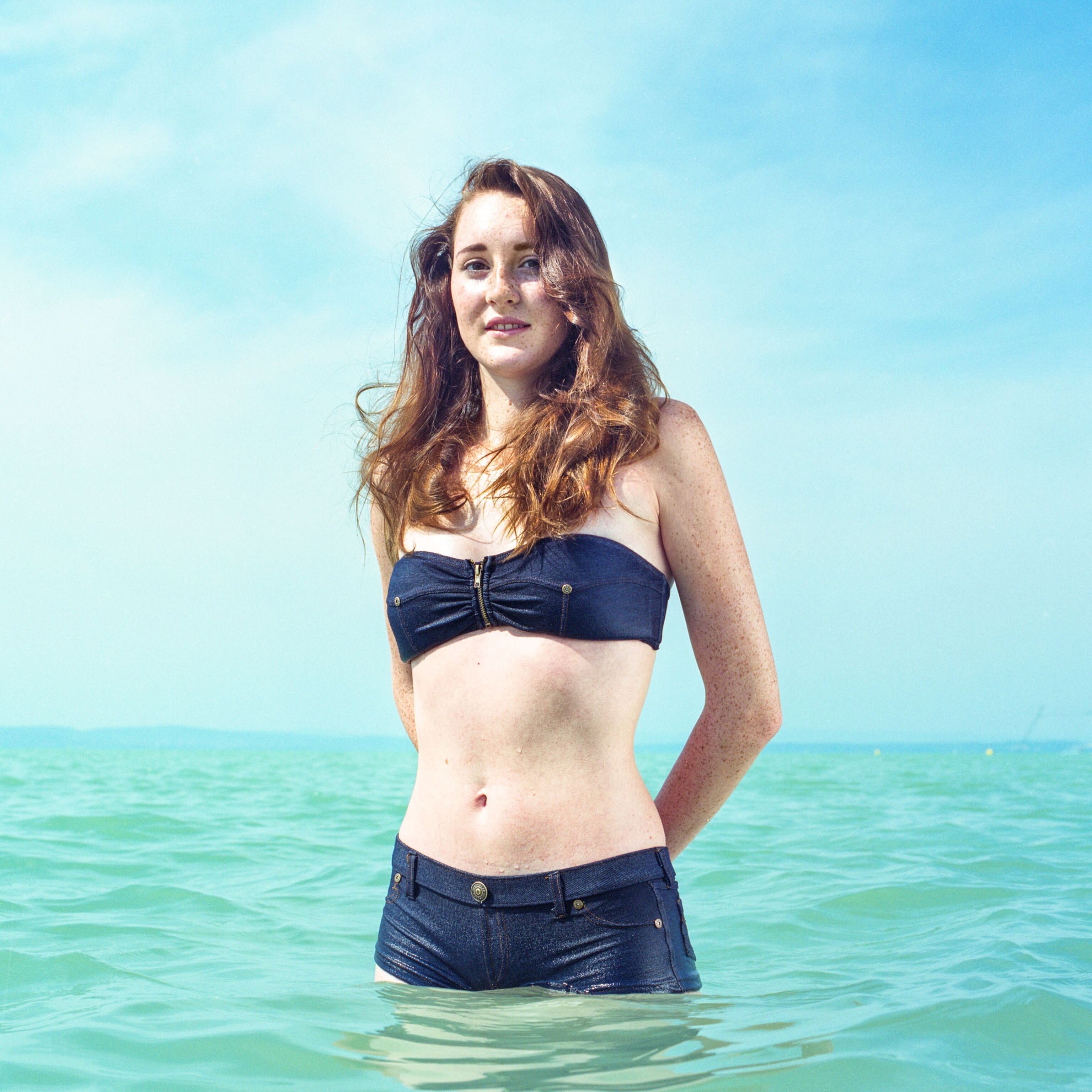
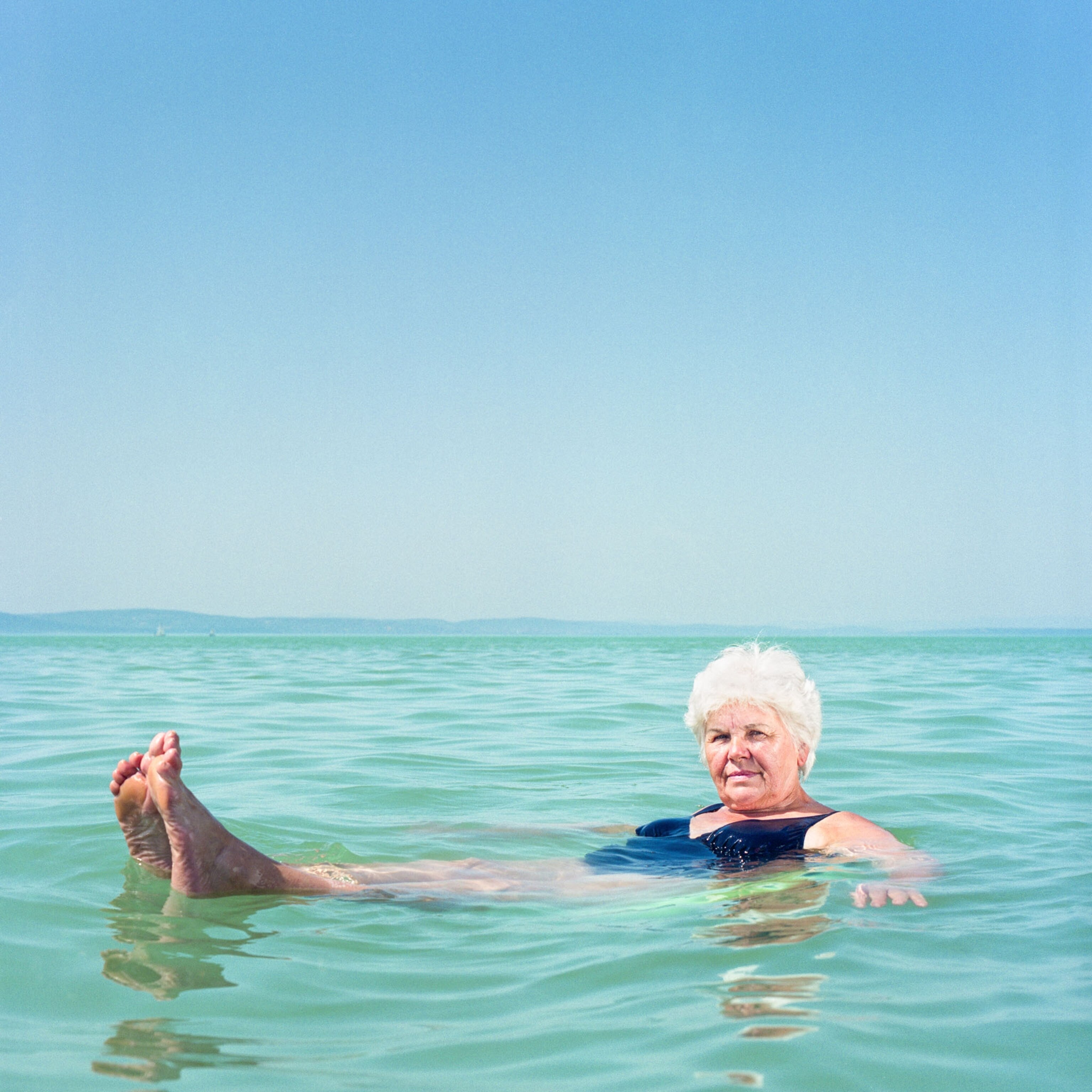
Today, Hungarians still vacation at the lake, and photographer Pályi returns to capture one particular aspect: its shallowness. Balaton is only a few feet deep at the lake’s south end. That makes it a good place for families and kids, says Pályi, and also for the camera shy: The depth lets people decide how much of their bodies to show off and how much to hide underneath.
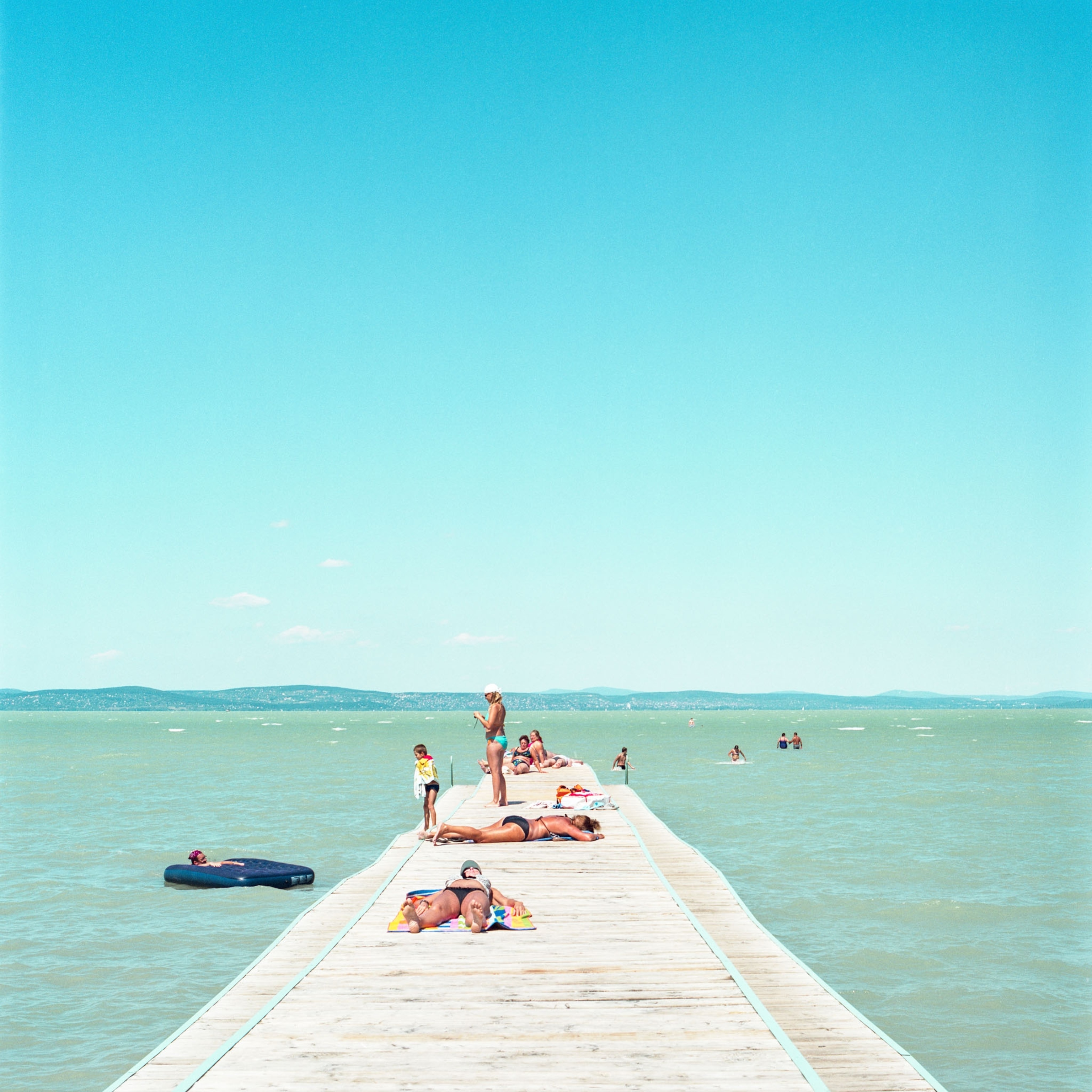
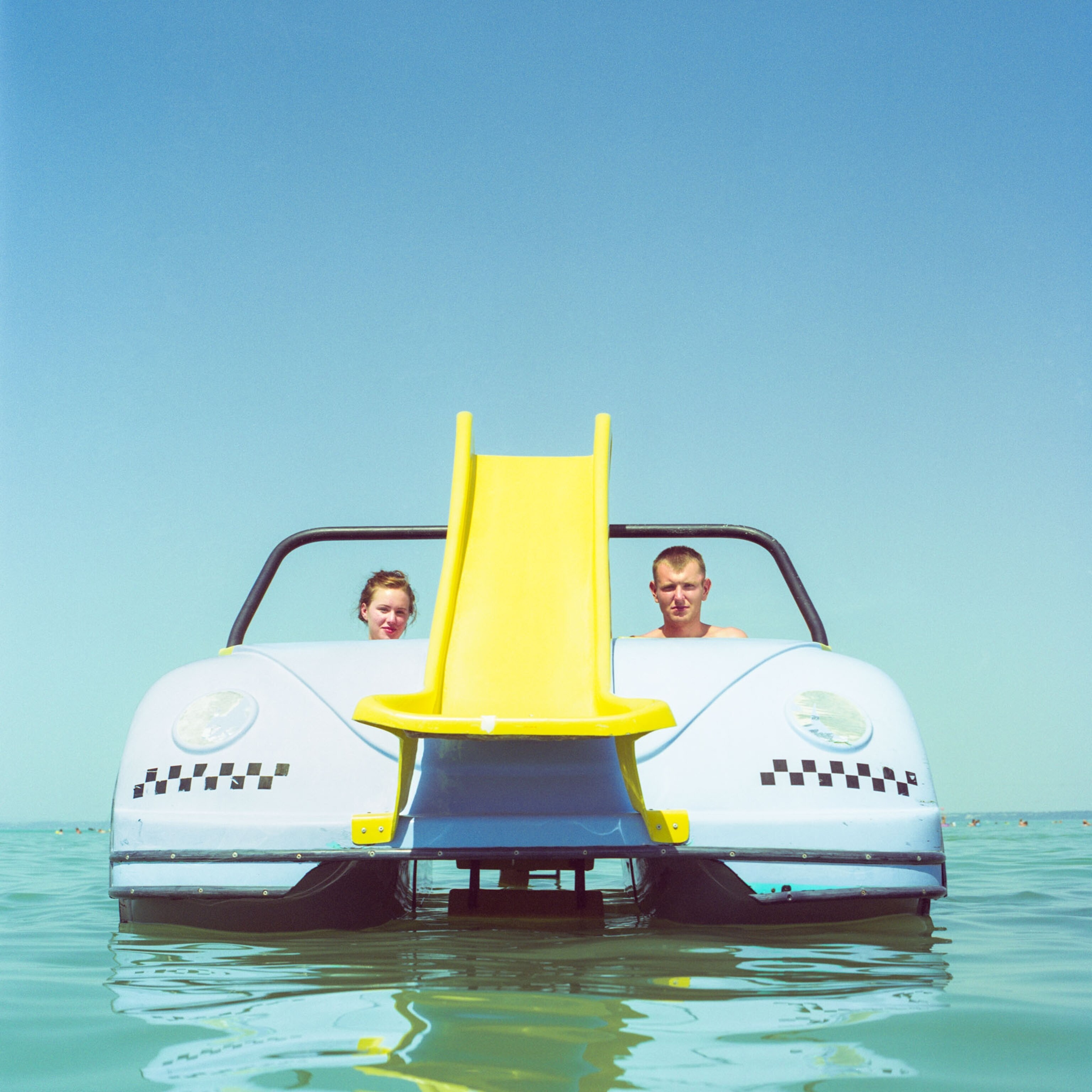
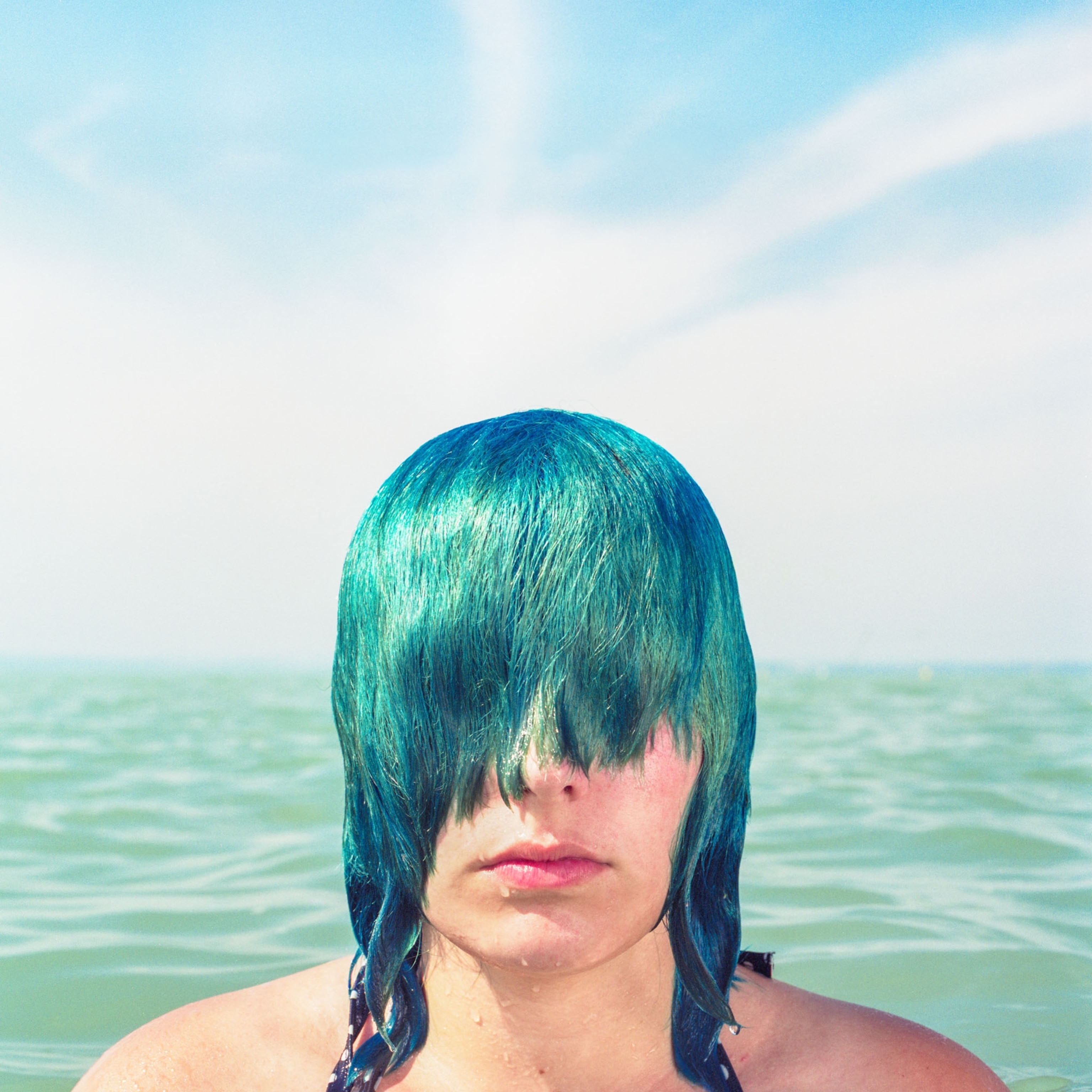
The lake’s long, skinny shape also invites some photographic tricks. Pályi always points her camera north to the horizon, and with only water in the background, the shore looks like a Hungarian impossibility: a beach beside an ocean. She also shoots on film with a 1950s-era Hasselblad 500 camera, adding a vintage aesthetic—because sometimes the past is the nicest lens through which to view the present.
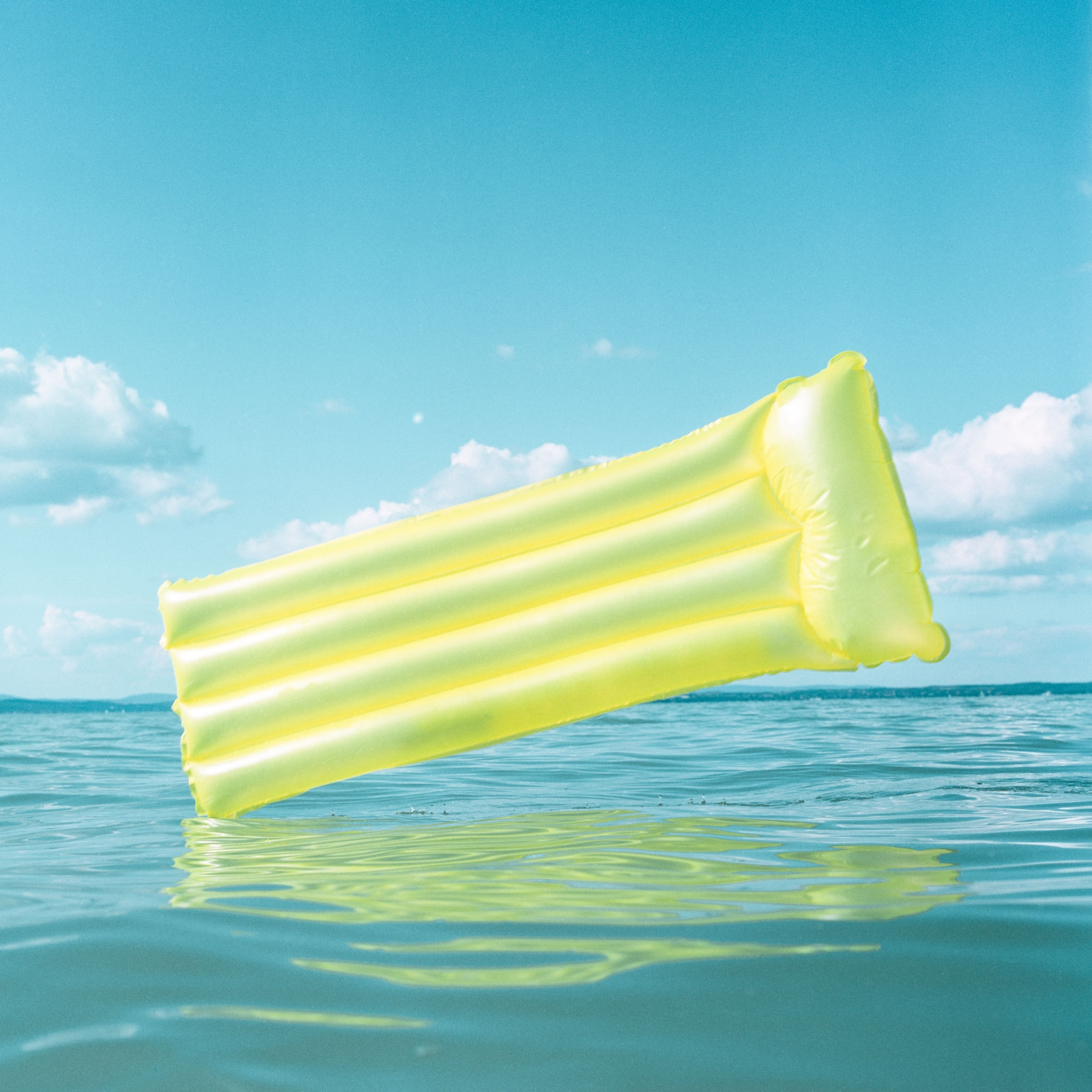
This story appears in the August 2021 issue of National Geographic magazine.
